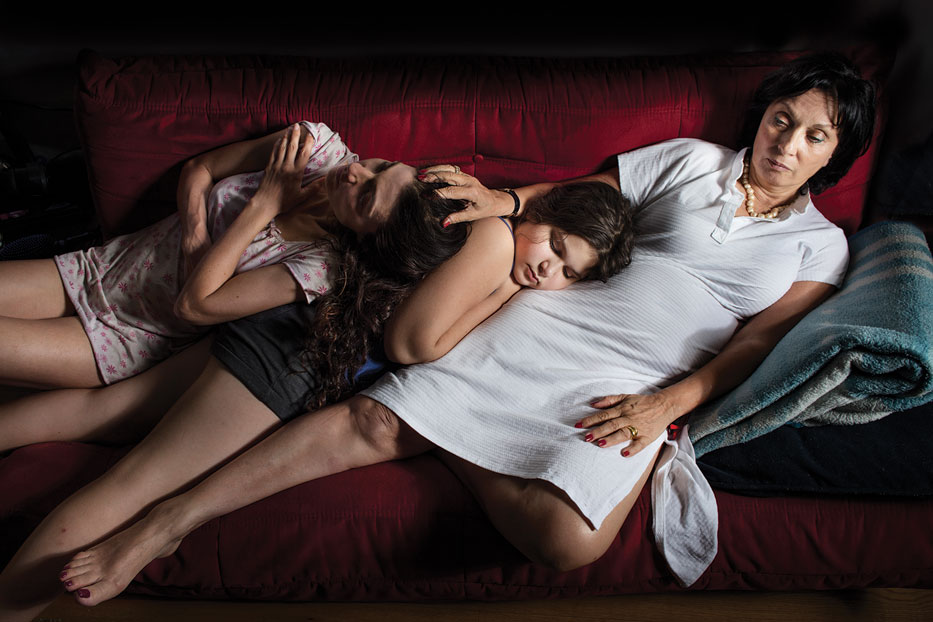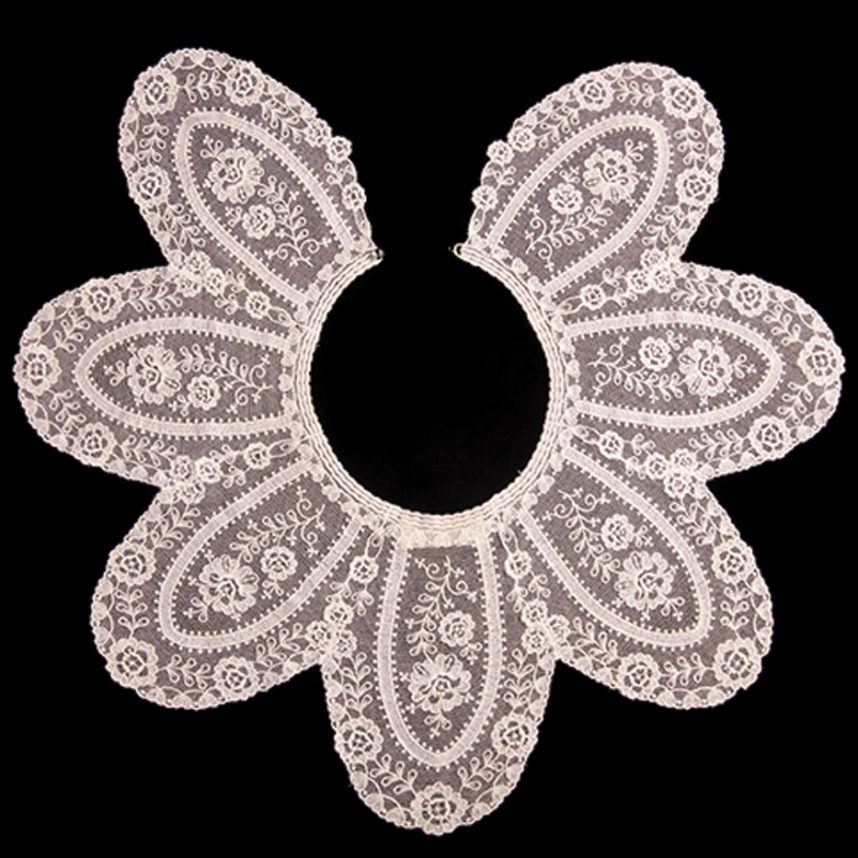
Jerusalem-born Elinor Carucci did not come from a family of artists, yet she always knew she was one at heart. As a teenager, she stumbled upon her father’s camera and began to photograph her mother waking up from an afternoon nap. Then, something magical happened. “There was just so much more I could see and understand and feel,” explained Carucci during a visit to Israel. “I felt so much more connected. I felt kind of like this is the person I want to be—the person who sees and goes deeper and understands and connects—and I could do it when I’m with a camera.”
Carucci’s art has been featured around the world, including the Museum of Modern Art and Gagosian Gallery. A recipient of the Guggenheim Fellowship, Carucci finds her work therapeutic, with one major exception: “Midlife,” Carucci’s fourth monograph. “Midlife” was recognized as one of TIME’s Best Photobooks of 2019. The highly original project featured the harsh realities of aging. “Some of the photos were painful for me to take, painful for me to look at,” noted Carucci. “It took pain and blood—blood, literally—to make this body of work.”
For Carucci, being a feminist photographer means highlighting subject matter about the life of women, including the body and complexities of motherhood.
Carucci even snapped her own uterus following a challenging hysterectomy. “I had to photograph the uterus as soon as I woke up [after] three hours … it was difficult physically and I really pushed myself to deliver it.” For Carucci, being a feminist photographer means highlighting subject matter about the life of women, including the body and complexities of motherhood.
Part of her research was talking to women reaching the same milestones and embodying their experiences in her work.

The Mizrahi Jewish artist continues to be inspired by her family—its structure, significance and “endless” components. Her cultural heritage also influences her work. “Being an Israeli Jew is very different from being an American Jew,” described Carucci. “The sensitivity and the understanding of things in a different way when you are an immigrant … being an immigrant is part of the Jewish identity.” For the artist, being an immigrant intensifies her vulnerability. “I always think about Robert Frank creating one of the most revealing bodies of work on the identity of the immigrant. … He was Jewish, as well. I think being Jewish relates to the family and also to the migrating element of the Jewish identity.”

In 2020, the Jewish Museum featured Carucci’s photographs of the late U.S. Supreme Court Justice Ruth Bader Ginsburg’s collars. Ginsburg wore each of the decorative necklaces during her twenty-seven year service as an associate justice. It was a deeply emotional experience for Carucci, who describes it as “an incredible opportunity of a lifetime.”
“I felt so honored to go to the Supreme Court and have access to the collars. We admired Ruth Bader Ginsburg in our home, especially me and my daughter. [We were] inspired by her and her wisdom and life story as a daughter of an immigrant … and her very inspiring feminist identity, [feelings] about equality, [and] women’s rights. It was so interesting because it was like photographing still-lifes but there were so many stories behind the collars. It felt so intimate.”
Carucci feels that both her intuition and work evolve as she develops more faith in herself as a photographer. “I really learned to trust myself and kind of swim in the water of my heart. I know it sounds pretentious, but there is something about today, I am completely giving myself into the process of photography. This is what I do. This is a part of me. I know I do it well. I’ll just take the camera and fly without hesitation. This is the one place I know I am in my element … I will take more pictures and will go deeper and just fly on.”
Eve Rotman is a writer on the West Coast.






















 More news and opinions than at a Shabbat dinner, right in your inbox.
More news and opinions than at a Shabbat dinner, right in your inbox.